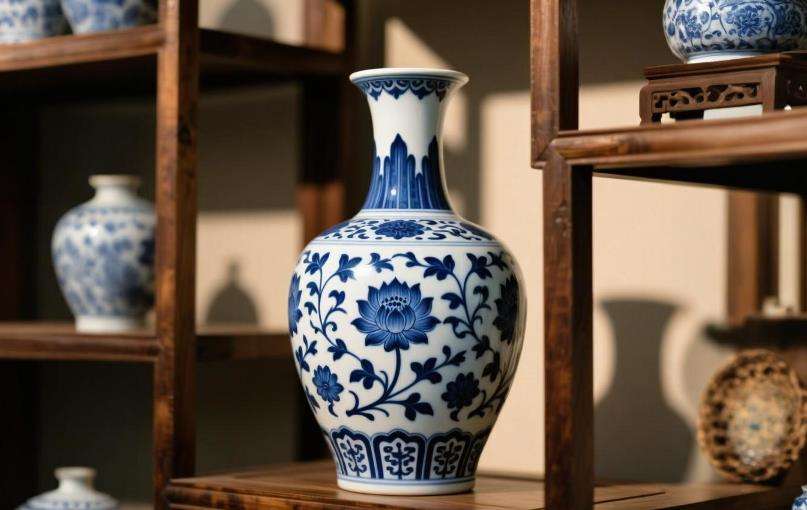
China’s Ceramic Heritage: A Millennia-Old Craftsmanship
Chinese ceramics, spanning 8,000 years from Neolithic pottery to Ming dynasty porcelain, epitomize technological and artistic evolution. The Shang dynasty (1600-1046 BCE) pioneered high-fired stoneware, while the Han dynasty (206 BCE-220 CE) perfected lead-glazed ceramics. The Tang dynasty (618-907 CE) introduced tri-color sancai wares, and the Song dynasty (960-1279 CE) elevated celadon to a refined art form.
Kiln Innovations: Longquan kilns achieved jade-like celadon through iron reduction, while Jingdezhen’s kaolin clay became synonymous with porcelain by the Yuan dynasty (1271-1368).
Blue-and-White Mastery: Cobalt oxide underglaze painting, perfected during the Ming dynasty, merged Chinese brushwork with Persian cobalt, creating globally traded wares.
Famille Rose: Qing dynasty (1644-1912) enamel overglaze introduced vibrant colors influenced by European enameling techniques.
Chinese porcelain shaped global trade routes, inspiring MS. porcelain in Germany and DF. in the Netherlands. The term china itself became synonymous with porcelain in the 16th century.



